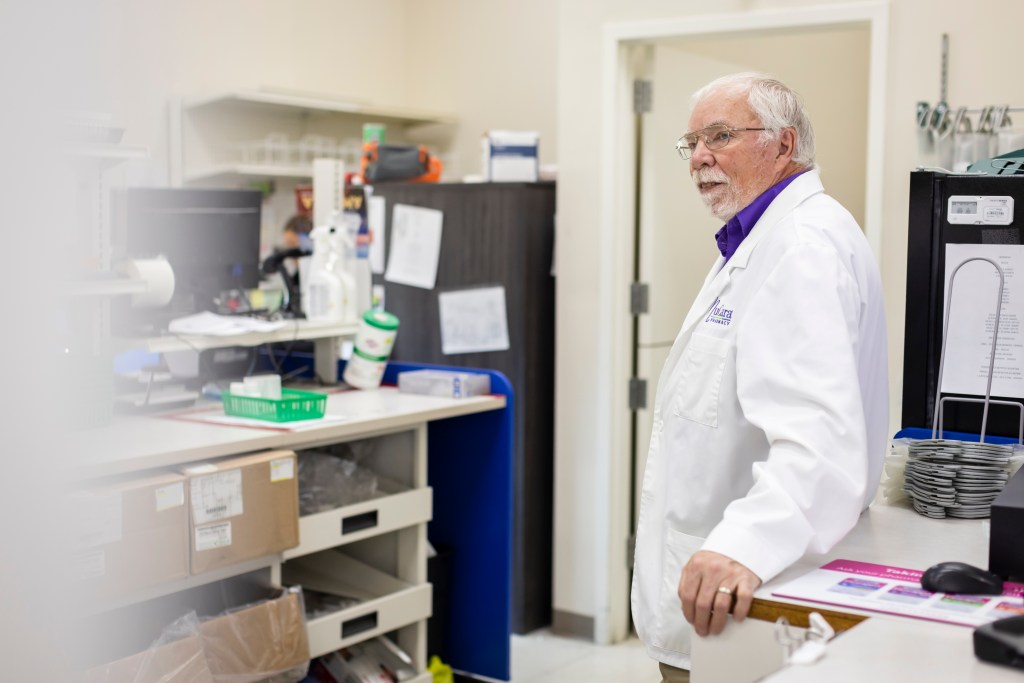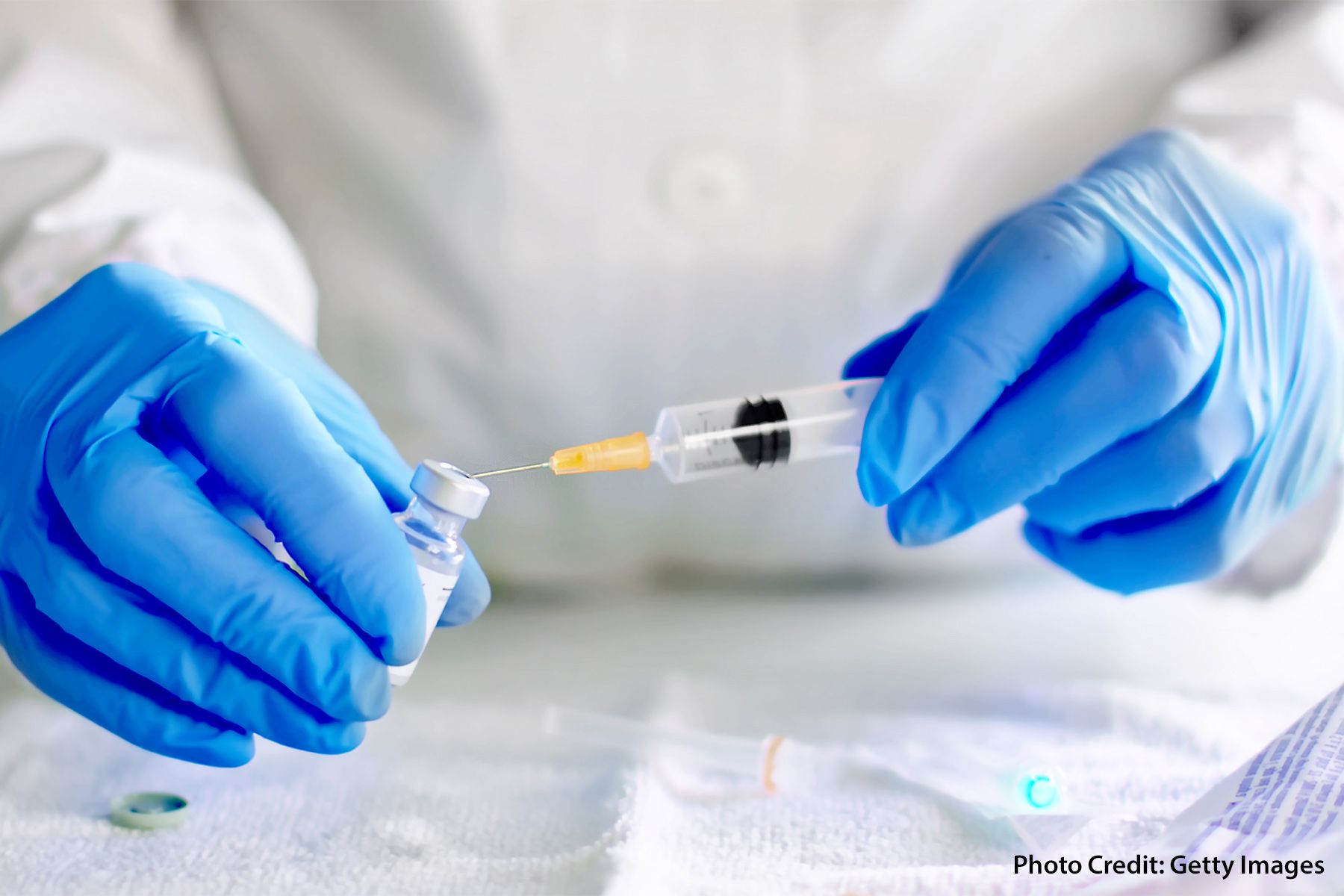President Joe Biden is looking in another direction to steer agriculture’s boat.
The key word here is biotechnology. And President Biden is all for it. In fact, he goes so far as to say it should be used to make agriculture more productive and sustainable, create safer and healthier food, protect plants and food animals from pests and diseases, and even help protect the world from environmental harm.
All of this is found in Biden’s recently released Executive Order on “Advancing Biotechnology and Biomanufacturing Innovation for a Sustainable, Safe, and Secure American Bioeconomy.”
In the report, the President offers his vision for a “whole-of-government” approach to advance biotechnology and biomanufacturing. This would be done by creating a research agenda that outlines the needs that will lead to innovative solutions in agriculture, health, climate change, energy, food security, supply chain resilience, and national and economic security.
Beyond R&D, says the report, we have the domestic capacity to make in the United States all the bio-based products that we invent here. This will create new jobs, build stronger supply chains, and contribute to our climate goals.
Not that biotechnology hasn’t been around for a long time when it comes to improving agricultural endeavors. It just wasn’t called that. Choosing the best cows for breeding to get better cows, for example. Or saving seeds from the most productive plants to sow at planting time. Cross-breeding plants to get hybrids. Or even using microorganisms to make wine and cheese. These are good examples of how farmers increased productivity and quality with biotechnology.
But there’s something new in the wind now. Modern biotechnology actually veers away from this basic biological approach and instead generates new tissues by manipulating genes and living tissues in a controlled environment.
No, this doesn’t sound anything like “back on the farm,” but rather something like “out of the lab.” And it’s already happening.
When it comes to food safety, time and time again, the farmers and companies that are using biotechnology to grow crops or create meat, chicken, fish, or even milk, say that food safety isn’t a problem — as long as everything is done right before, during and after production. That’s because, in the case of livestock, for example, there’s no manure or slaughterhouses involved.
For vegans and environmentalists, this is a decided plus. But for President Biden, the real plus is that it makes farming more productive while also reducing climate change.
When it comes to crops — corn is a good example of the benefits of biotechnology.
The National Corn Growers Association says it welcomes additional support for the use of biotechnology in agriculture.
“Since corn growers started using seeds created with biotechnology in the mid-1990s, average yields have increased by nearly 50 bushels-per-acre, leading to an increase in food and fuel security for both domestic and export markets,” said an association spokesperson. “Biotechnology also contributes to the sustainability profile of corn production, allowing farmers to grow more on less land with seeds designed to withstand challenging weather events, such as drought or excess rain, and pest pressures.”
This is but one example of how biotechnology makes it possible to achieve high yields of food products, while using fewer resources and reducing the carbon dioxide footprint of food production thus reducing greenhouse gas emissions.
Not that agricultural biotechnology hasn’t provoked heated controversy. On the food-safety front, some biotech critics warn that genetically modified foods should not be used for food. They warn that consumers are being used as guinea pigs in what they consider to be an unproven science. On the other side of the divide, the FDA says there’s no substantial difference between genetically modified foods and non-biotech foods.
Infrastructure, yes
The president’s new report calls for going forward with biotech agriculture.
This would include building more food-grade biomanufacturing facilities, including ones for precision fermentation; supporting the necessary infrastructure for more plant and animal gene sequencing and breeding; and developing a greater understanding of consumer acceptance of food products made with the assistance of biotechnology.
In the case of precision fermentation, for example, food can be produced without using living things, soil, or conventional farming practices thanks to innovative technologies that include tissues taken from animal biopsies and grown in nutrients in bioreactors. In this approach, the animal is not killed. For “animal rights” advocates, this is a definite plus.
The report describes goals for developing new food and feed sources, enhancing nutrient density in foods, and reducing foodborne illness. Innovations in food and feed can boost both dairy and cultivated protein companies, for example, sustainably expanding the range of available protein options.
The report concludes by saying that by leveraging innovation in biotechnology and biomanufacturing, “we can expand the toolbox for farmers, ranchers, and other producers to meet the many challenges in food and agriculture.”
Again, food safety comes into the picture.
“Improving nutritional quality and reducing foodborne illness is essential for increasing food security,” says the report.
(To sign up for a free subscription to Food Safety News, click here)
Note: This article have been indexed to our site. We do not claim legitimacy, ownership or copyright of any of the content above. To see the article at original source Click Here










.jpeg)


